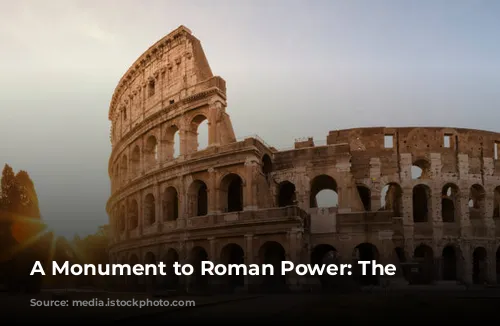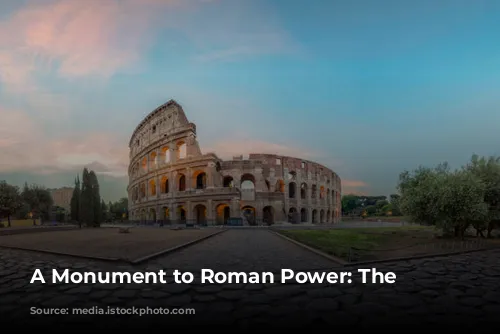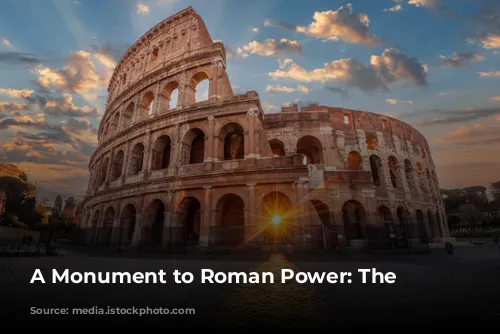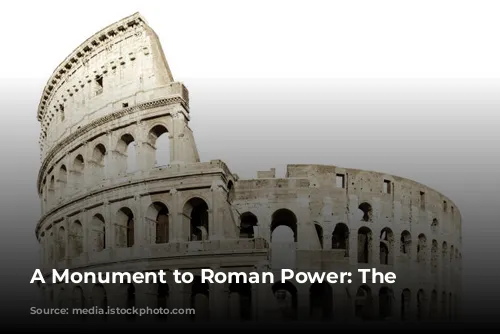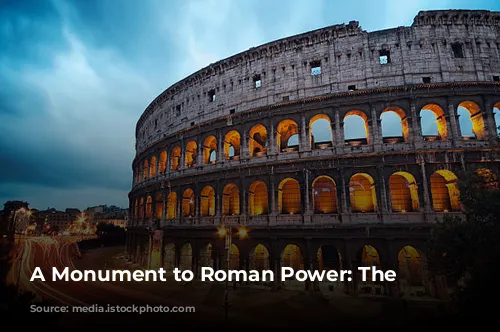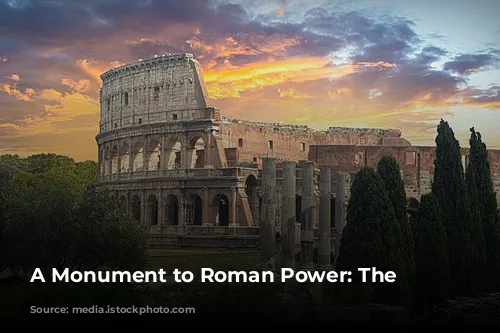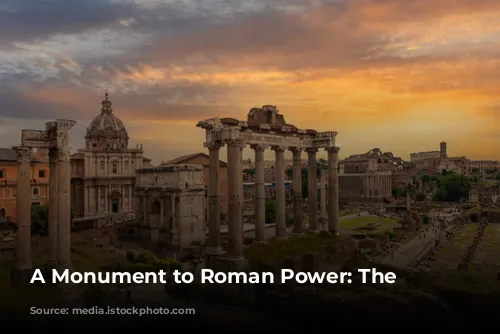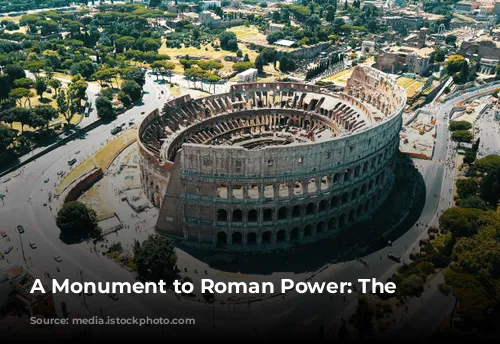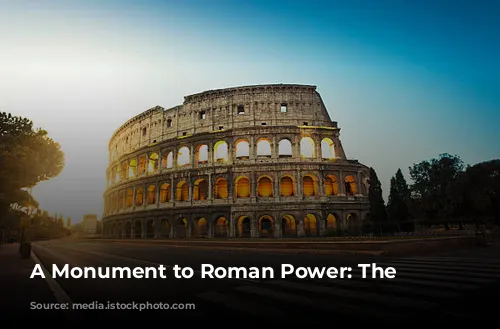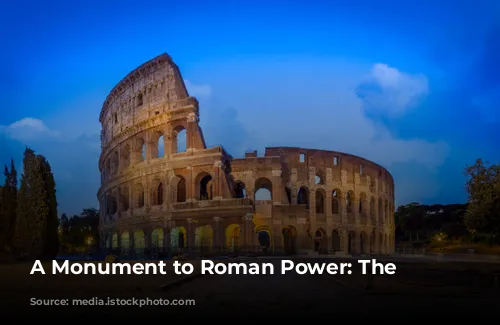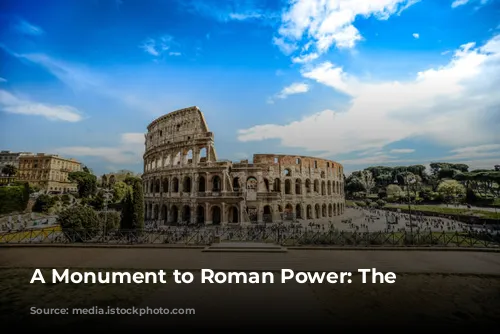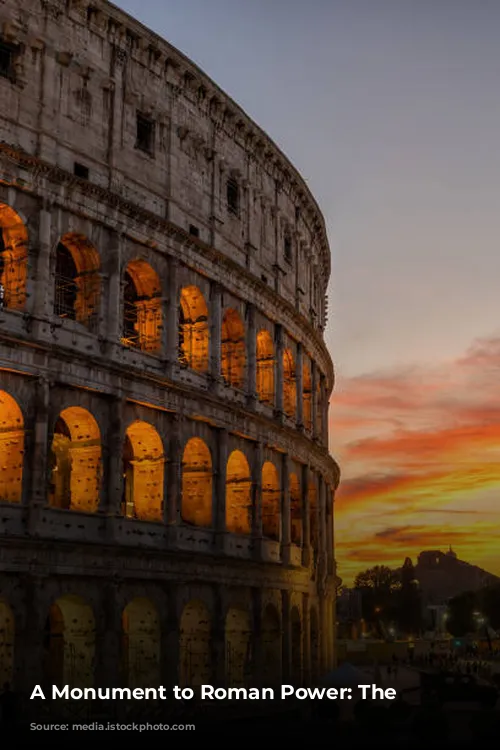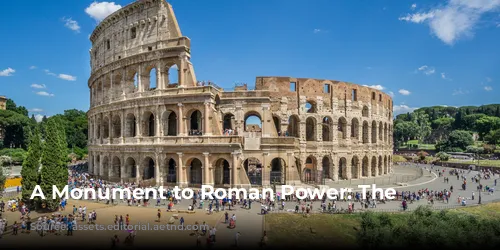The Colosseum, an awe-inspiring stone amphitheater, stands as a testament to the grandeur and might of the Roman Empire. Located just east of the Roman Forum, this architectural marvel was commissioned around A.D. 70-72 by Emperor Vespasian of the Flavian dynasty as a gift to his people.
A Gift for the People
Vespasian, a shrewd and practical emperor, sought to win the hearts of the Roman people after years of civil war and turmoil. To achieve this, he repurposed the land once occupied by Nero’s Golden Palace – a symbol of the previous emperor’s extravagance. In its place, Vespasian envisioned a massive amphitheater that would provide captivating entertainment for all Romans.
The Colosseum’s Inauguration
The construction of the Colosseum was a massive undertaking, yet it was completed in a remarkably short time, spanning nearly a decade. In A.D. 80, Vespasian’s son Titus officially opened the Flavian Amphitheater – the Colosseum’s official name – with a grand celebration lasting 100 days. This inaugural event featured gladiatorial combats, animal hunts, and other thrilling spectacles, captivating the Roman populace.

A Legacy of Entertainment
The Colosseum, a true engineering marvel, was the largest amphitheater in the Roman world, boasting a vast seating capacity of over 50,000 spectators. Its construction, unlike earlier amphitheaters, did not rely on natural hillsides for support. Instead, it was built as a freestanding structure of stone and concrete, a testament to the ingenuity of Roman architects.
A Spectacle of Might
The Colosseum’s exterior featured three tiers of arched entrances, a total of around 80, supported by columns of different architectural styles: Doric, Ionic, and Corinthian. Inside, the arena held a mesmerizing spectacle of gladiatorial combat, animal hunts, and even mock naval battles, for which the arena was flooded with water.
Social Hierarchy in the Arena
The Colosseum’s seating arrangements likely reflected the social hierarchy of Ancient Rome, with the most prominent citizens enjoying the best views. The vast majority of combatants were enslaved individuals, condemned criminals, or prisoners of war, their lives on display for the entertainment of the Roman populace.
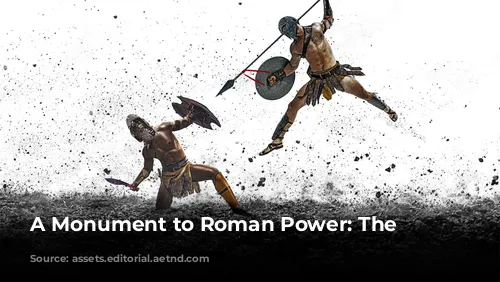
The Colosseum’s Decline and Rebirth
After centuries of active use, the Colosseum’s glory began to fade. As the Roman Empire declined and public tastes shifted, gladiatorial combats and public spectacles lost their appeal. The once-thriving arena fell into neglect, eventually becoming a quarry for building materials, including the iconic St. Peter’s Basilica.
A Symbol of Time’s Passage
The Colosseum stood as a silent testament to the passage of time, its grandeur slowly being eroded by neglect, natural disasters, and the passage of centuries. Over time, nearly two-thirds of the original structure was lost, including its marble seats and decorative elements. However, the spirit of the Colosseum, a symbol of Roman power and resilience, remained.
A Modern Revival
The Colosseum’s enduring appeal led to restoration efforts in the 1990s, aimed at preserving this iconic monument. These efforts, continuing to this day, have ensured that the Colosseum continues to captivate visitors from across the globe, a testament to the grandeur of the Roman Empire and the enduring power of a magnificent architectural masterpiece.
